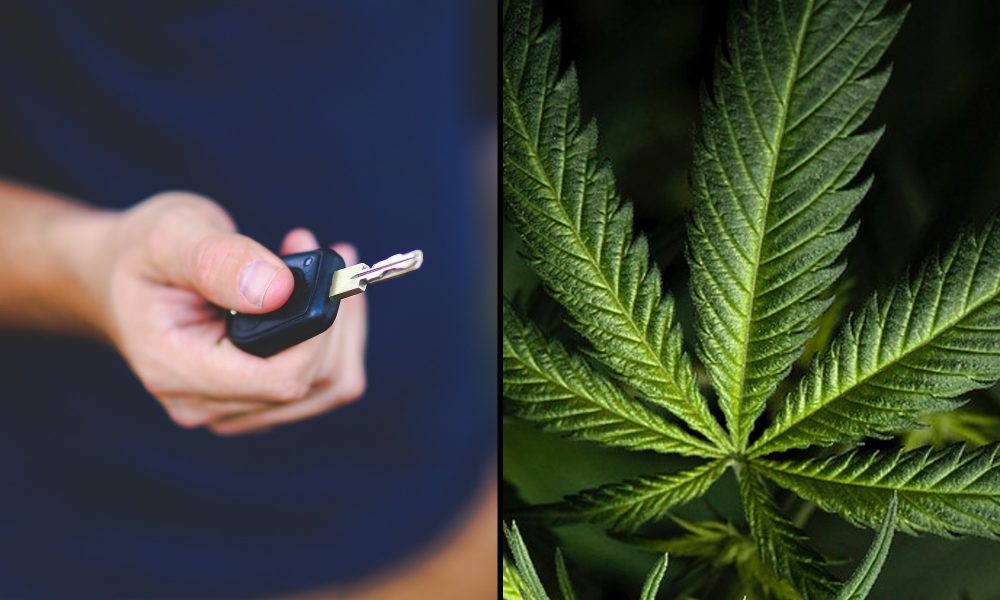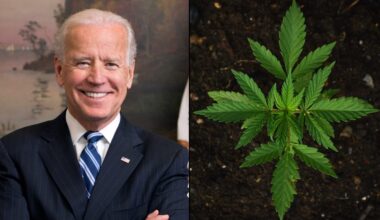When it comes to driving while under the influence of marijuana, states that have enacted legalization are seeing less of the potentially dangerous behavior than states that continue criminalization, according to a new study.
The analysis of self-reported driving under the influence of cannabis (DUIC) found that people are less likely to drive within three hours of consuming marijuana in states that have legalized for medical or recreational use compared to non-legal states.
Researchers said that while there does appear to be an exception with respect to medical cannabis patients who report frequent use—whose behavior did not differ significantly from frequent users living in states without legal marijuana—the broader takeaway is that prohibition states are generally more likely to have impaired drivers on the roads.
“The risk of self-reported DUIC was lower in recreational and medical cannabis states compared to states without legal cannabis.”
The difference may be the result of public education efforts in legal states that specifically deter driving while high.
“The risk of self-reported DUIC was significantly lower in recreational and medical states than in neither states,” the study authors wrote. “Current cannabis users in recreational and medical only cannabis states were significantly less likely to report driving within three hours of getting high in the past 30 days, compared to current users living in states without legal cannabis.”
“One potential explanation for lower prevalence of DUIC in legal states is perceived safety of cannabis use, which is associated with DUIC and varies by legalization,” the study continues. “In legal states, cannabis users may receive more information about the risks of cannabis use from sources like physicians who issue medical cannabis cards or dispensary staff than users living in neither states.”
Another factor that may be at play is labeling requirements in legal states that caution drivers against consuming before getting behind the wheel, the researchers said.
“States that have not legalized cannabis cannot regulate the labeling of cannabis products, while many recreational and medical states require warning labels and instructions on products,” the researchers wrote. “Some edible cannabis products contain warnings about driving within a few hours of consumption.”
The study, published this month in the journal Preventive Medicine Reports, concludes that intoxicated cannabis prevention efforts are “most needed in states without legalized cannabis.”
“Because regulation of cannabis products in non-legal environments is not possible, mass media campaigns may be a good option by providing education about DUIC,” the authors said. “Although all states should educate its citizens about the potential dangers of using cannabis and driving, this analysis suggests that states without legal cannabis are particularly in need of DUIC prevention efforts.”
The study’s key limitation is that it’s based on self-reported DUIC data, but the results still run counter to both prohibitionist arguments against legalization and a federal recommendation on where public awareness campaigns should be targeted amid the reform movement.
President Joe Biden signed a large-scale infrastructure bill late last year that included an amendment encouraging states that have enacted legalization laws—and only those states—to educate people about impaired driving. That measure was criticized by advocates who similarly want to discourage driving under the influence of cannabis but who also feel that any public education campaigns on the issue should be holistic, rather than singling out states that have legalized.
Meanwhile, the National Highway Traffic Safety Administration (NHTSA) put out a PSA last year that featured a confusingly cool-looking cheetah smoking a joint while driving in a questionable effort to deter such activity.
Also, in 2020, NHTSA and the Ad Council teamed up with Vox Creative for another ad that essentially told consumers that they shouldn’t drive while impaired even if they’re being chased by a psychopathic axe murderer.
Experts and advocates have emphasized that evidence isn’t clear on the relationship between THC concentrations in blood and impairment.
A study published in 2019, for example, concluded that those who drive at the legal THC limit—which is typically between two to five nanograms of THC per milliliter of blood—were not statistically more likely to be involved in an accident compared to people who haven’t used marijuana.
Separately, the Congressional Research Service in 2019 determined that while “marijuana consumption can affect a person’s response times and motor performance…studies of the impact of marijuana consumption on a driver’s risk of being involved in a crash have produced conflicting results, with some studies finding little or no increased risk of a crash from marijuana usage.”
Another recent study found that smoking CBD-rich marijuana had “no significant impact” on driving ability, despite the fact that all study participants exceeded the per se limit for THC in their blood.
Georgia Voters Will Decide On Marijuana Ballot Question Next Month
Medical Disclaimer:
The information provided in these blog posts is intended for general informational and educational purposes only. It is not a substitute for professional medical advice, diagnosis, or treatment. Always seek the advice of your physician or other qualified healthcare provider with any questions you may have regarding a medical condition. The use of any information provided in these blog posts is solely at your own risk. The authors and the website do not recommend or endorse any specific products, treatments, or procedures mentioned. Reliance on any information in these blog posts is solely at your own discretion.






